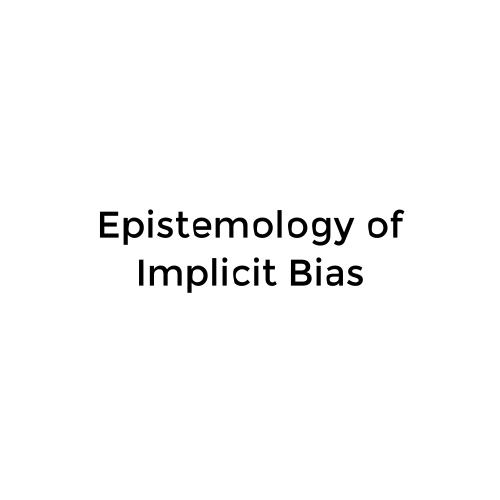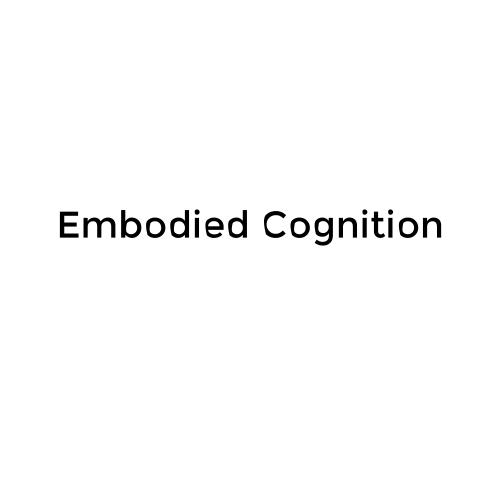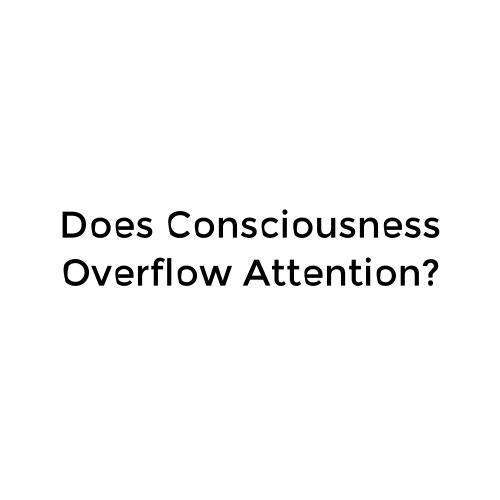The Neuroscience of Attention
Marr's Three Questions
- What task or goal is X supposed to accomplish?
- What algorithm does X use to accomplish this goal?
- What physical processes are involved in X's doing this?
E.g. a cruise control mechanism:
- Its task is to keep the car moving at the desired speed.
- There are various algorithms it may use to do this, e.g. measuring current speed and comparing it to the desired one, then accelerating or decelerating to bring them in line.
- And various physical mechanisms could realize these algorithms -- e.g. electronic or not, analog or digital, etc.

How about visual processing?
- Its task is, very roughly, to discover "what is present in the world, and where it is" (Marr).
- Again, there are various algorithms by means of which this could be done, e.g. building up a stable representation based on retinal stimuli, or using these stimuli to test Bayesian hypotheses.
- And the physical realization of this is neural activity in the brain, e.g. neurons that respond to increasingly complex stimuli as we move up the visual hierarchy.

And what about attention?
- Its task is to select for perceptual processing the elements of a scene that are most important (given what you are up to).
- The algorithm by which it does this will require identifying some relevant features and directing resources toward them.
- Now, how is all this realized in the brain?
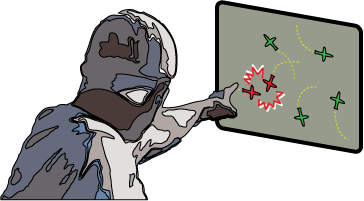
The neural effects of attention
In the brain, attention works by modulating two main aspects of how neurons transmit information:
- It affects neural firing rates, or how frequently neural activity spikes; and
- It affects neurons' receptive fields, or the region of space in which neurons respond to stimuli.
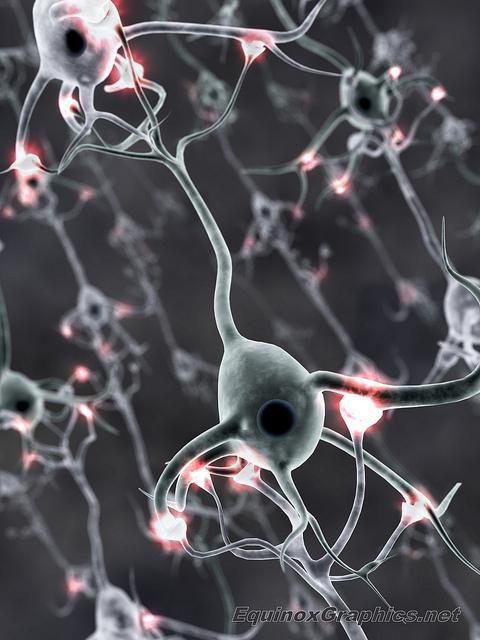
More specifically ...
- Attended (task-relevant) stimuli produce stronger and more sensitive neural responses to preferred stimuli in a neuron's receptive field.
- Attention can remap a neuron's receptive field, so that unattended stimuli no longer affect its firing rate.
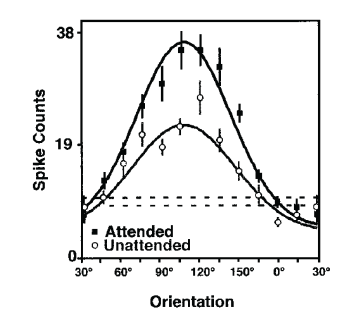
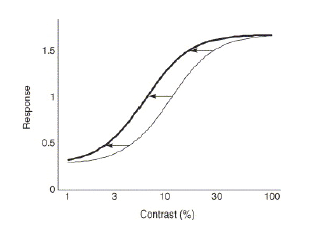
The Neuroscience of Attention
By schwenkler3930
The Neuroscience of Attention
- 503
